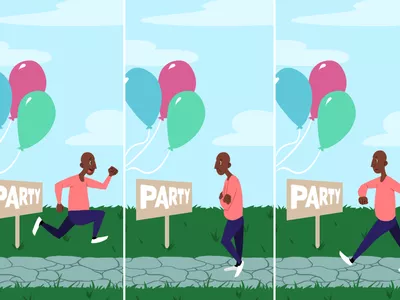What to Know About Brainspotting Therapy
In the labyrinth of our minds, traumas can lurk, haunting both our bodies and souls. But fear not, for there’s a beacon of hope in the form of Brainspotting therapy, a gentle yet powerful method to untangle the knots of trauma without reliving the horror.
What is Brainspotting Therapy?
Imagine a video player, but instead of scenes from movies, it plays out the tangled emotions and memories trapped within you. Brainspotting therapy utilizes spots in your visual field to navigate these inner landscapes. Discovered in 2003 by David Grand, PhD, as an evolution of Eye Movement Desensitization and Reprocessing (EMDR) therapy, it delves into the subcortical brain, where trauma takes residence.
How Does it Work?
Trauma isn’t just a mental specter; it’s a physical burden too, manifesting in ailments both seen and unseen. Brainspotting aims to reset this ‘frozen maladaptive homeostasis,’ the state where trauma takes root in body and mind. By accessing the midbrain, responsible for our fundamental processes like vision and sleep, it helps release the grip of trauma-induced freeze mode.
What Happens in a Session?
Picture a serene journey guided by a compassionate therapist. You start with soothing breaths and gentle sounds, easing into mindfulness. Together, you identify the epicenter of your distress, ranking its intensity. With the therapist’s aid, you locate your ‘brain spot,’ the focal point where discomfort peaks. Then, the exploration begins, unraveling emotions tethered to that spot, culminating in a cathartic release.
Benefits and Effectiveness
The benefits of Brainspotting extend beyond mere relief; they pave the path to profound healing. Reduced PTSD, anxiety, and depression symptoms are just the tip of the iceberg. Participants report diminished pain, softer memories, and brighter sleep. In a study, Brainspotting outshone EMDR and CBT, with lasting improvements even after treatment ceased.
Considerations and Getting Started
Though promising, Brainspotting is still a nascent field, lacking extensive research. It’s essential to brace yourself for the emotional voyage ahead and ensure robust support systems in place. To embark on this transformative journey, seek out certified Brainspotting therapists through directories or online platforms. Typically, six sessions suffice, offering a condensed yet potent alternative to traditional therapies.
Conclusion
Trauma is a formidable adversary, but with Brainspotting therapy, it need not reign supreme. By harnessing the power of the mind-body connection, it offers solace and liberation from the shackles of past wounds. Embrace the journey, for within its depths lie the keys to your healing and wholeness.
FAQ
1. Is Brainspotting therapy suitable for everyone?
While Brainspotting shows promise in treating various issues, it’s essential to consult with a certified therapist to determine its suitability for your specific needs.
2. How long does it take to see results with Brainspotting therapy?
Results may vary, but some participants experience relief within a few sessions. The duration and depth of healing depend on individual circumstances and the complexity of the trauma.
3. Are there any side effects of Brainspotting therapy?
While rare, some individuals may experience heightened emotions or fatigue following sessions. These are often temporary and indicative of the therapeutic process. It’s crucial to communicate any concerns with your therapist for appropriate support.






